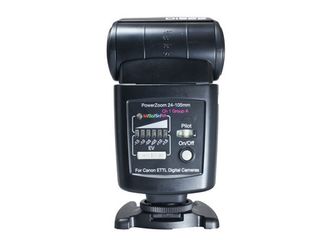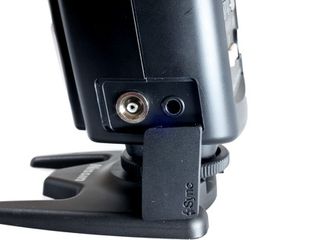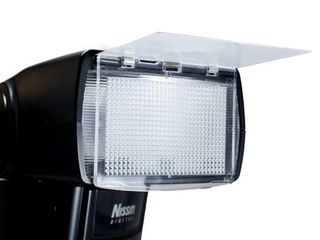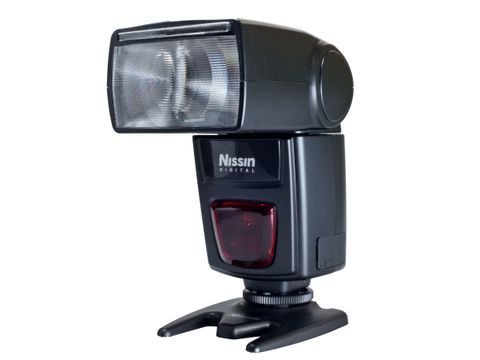TechRadar Verdict
Pros
- +
Sub £100 price tag
- +
High Guide Number (GN) of 44
- +
Simple to use
Cons
- -
Build quality not as high as Canon and Nikon guns
- -
Old-fashioned design
- -
Noise zoom motor
Why you can trust TechRadar
The Di622 is Nissin's mid-range flash, and with a Guide Number (GN) of 44 (ISO 100 at 105mm) it is in direct competition with the Canon Speedlite 430 EX II and Nikon Speedlight SB600.
But, as you might expect with it being a third party flash, it comes with a price tag that's around £100 lower.
The Di622 is compatible with Canon's E-TTL, E-TTL II or Nikon's I-TTL system depending upon the flashgun's fit.
Build and Handling
The Di622's build quality reflects its price, and whilst good, it doesn't quite match the finish of its rivals.
While the Canon Speedlite 430 EX II and Nikon Speedlight SB 600 both feature LCD screens that show the settings and modes, the Di622 has a simple set of coloured LED's and a few simple buttons.

There's also an on/ off switch and power ratio is adjusted through a simple + - rocker switch.
On the side of the Di622 there's a standard PC sync connector for using the flash off camera. There's also a USB connector for hooking up to a computer and updating the firmware or adding new features, if and when they become available from Nissin.

Although the Di622's design is simple, there are five modes accessed by pushing a small illuminated button. This button changes its colour of illumination depending on the mode selected, these modes include; TTL, Manual, Slave Digital, Slave Film and Wireless. Each colour highlights the mode that's selected. Coloured lettering on the back of the gun make it easy to identify what mode you are in until you get familiar with the Di622, but they aren't much help in the dark.

Using the camera with bounce flash the head has a vertical adjustment of 90 degrees, left rotation of 90 degrees and right of 180 degrees, this gives good flexibility to adjust the direction of the light exactly where needed.
Performance
In Slave Digital (SD) mode the Di622 ignores any pre-flash and only fires when the master flash unit fires. It is easy to set up and use works without issue.
Meanwhile, in Slave Film (SF) mode the flash syncs with more tradition single flash systems where there is no pre-flash from the master flashgun. Again selection and use is simple enough.
Wireless mode allows the Di622 to be used to trigger other flash units wirelessly, but there is only one channel available. This should be fine in most situations, but it would be limiting if shooting with other photographers with a similar flash setup.

In TTL mode, the Di622's power is set by the camera, but there is room for adjustment through the flash from –1.5EV to +1.5EV in 0.5EV steps. This power level can be adjusted using the Nissin "My TTL" settings and can be changed to +/- 0.75 EV in 0.25 increments, once you've set your custom setting these are then remembered by the flash as default.
The Di622 is very easy to use, but the illumination isn't as even as its competition. The centre of the frame tends to be a bit brighter than the corners - though this can look nice in some situations.
Verdict
The Nissin Di622 offers features that are comparable with those in the Canon Speedlite 430 EX II and Nikon Speedlight SB600, but the build quality and finish are a step down.
The flash zoom motor is noisy, but results and ease of use do make this a good cheap alternative, provided you can accept the sometimes rather uneven illumination.

Ali Jennings is the imaging lab manager for Future Publishing's Photography portfolio. Using Imatest Master and DxO Analyser he produces the image quality tests for all new cameras and lenses review in TechRadar's cameras channel. Ali has been shooting digital since the early nineties and joined Future's Photography portfolio back in 2003.

